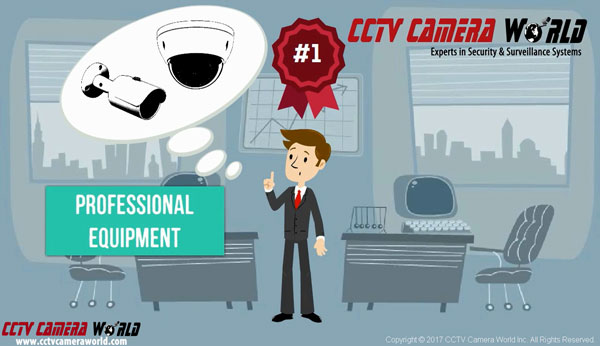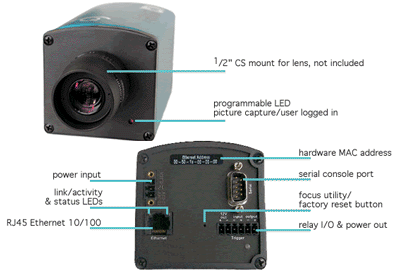

Unfortunately, they were still poor at recording and playing back television. DVDs had more precise rewind and fast-forward capabilities, didn’t have to be rewound before they could be re-watched, and never encountered tape jams. Blockbuster and other rental companies migrated to DVDs, and the VCR fell by the technological wayside. On top of that, fast-forwarding through commercials could cause tape jams, so in many cases it was still preferable to sit through the commercials.ĭuring the 90s, companies tried to fix these issues, but they never completely got them ironed out before DVDs (Digital Video Discs) took over. At this time, corporations didn’t view this as a huge issue – VCR recording quality wasn’t great, and recordable blank VHS tapes wore out after a few uses. VCRs were also able to record TV shows, meaning that consumers could fast-forward through commercials. By the mid-90s, most families owned a VCR, and less than a decade after Blockbuster opened, Viacom purchased the company for an incredible $8.4 billion. The first Blockbuster Video Store opened in 1985, and the VHS rental market exploded soon afterwards. Thirty years ago, when VHS tapes beat out Betamax as the default home movie format, VCRs quickly became ubiquitous.

Storage in many industries is moving into the cloud, and it’s likely that DVRs will as well before long. But, the evolution will continue as long as humans continue creating and consuming media. In the past 30 years, VCRs evolved into TiVo and then to our current DVRs. When the VCR came out, people could finally watch movies in the comfort of their own homes, at any time they chose. Up until that point, the only way to see a movie or television show was to either catch the TV broadcast or go to a movie theater.

To say that the invention of the VCR (Video Cassette Recorder) caused a lot of excitement would be an understatement.


 0 kommentar(er)
0 kommentar(er)
